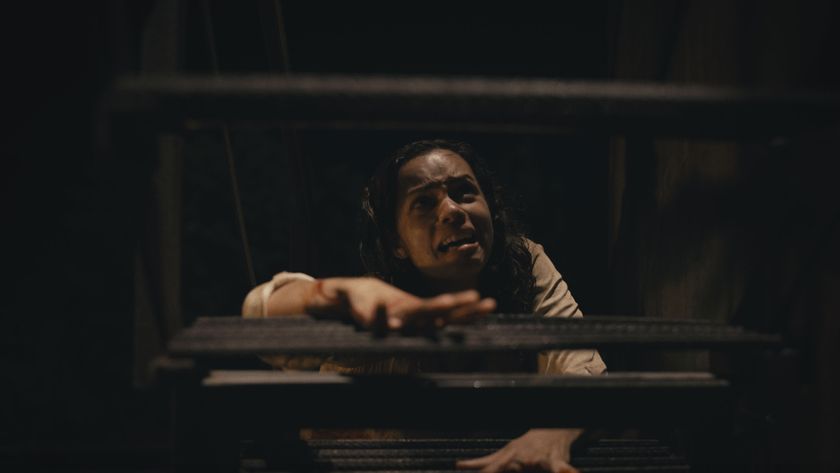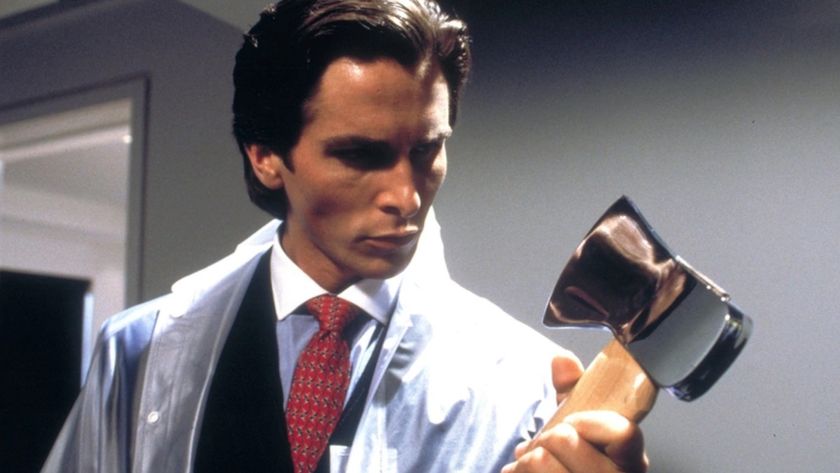20 Greatest Horror Directors
Bringing your nightmares to life…
Terence Fisher 1904-1980

Fisher was in his fifties when he became Hammer’s go-to guy for gothic horror, and his work is often accused of being static and fusty.
But The Curse Of Frankenstein and Dracula are potent, peppy movies, and Fisher was a master of blending the vivid work of Hammer’s ace department heads.
Must See: The Curse Of Frankenstein (1957), Dracula (1958), The Revenge Of Frankenstein (1959), The Mummy (1959), The Brides Of Dracula (1960), The Devil Rides Out (1968)
Wes Craven 1939 -
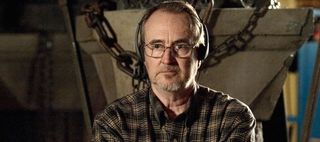
Craven started in porn then jumped to torture porn with The Last House On The Left . He hit paydirt with Freddy Krueger and the Scream franchise.
His movies love eviscerating boundaries as well as bodies: from the dream/reality burring of Elm Street to the self-referential nitpicking of Scream .
Must See: The Last House On The Left (1972), The Hills Have Eyes (1977), A Nightmare On Elm Street (1984), Scream (1996)
Alfred Hitchcock 1899-1980
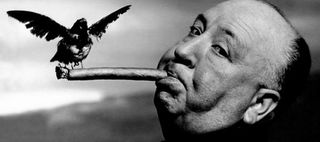
The Master of Suspense knew how to dial H for horror too. Psycho , a seedy story of mother-love, peeping toms and sexual perversion, virtually invented the modern slasher movie, while The Birds informed all subsequent revenge-of-nature flicks.
Sign up for the Total Film Newsletter
Bringing all the latest movie news, features, and reviews to your inbox
In Hitchcock’s hands, horror became grounded in everyday mundanity and murder birthed cinematic art. Suspense thrillers like Rear Window and Vertigo prove it’s possible to scare just through process: nerve-jangling anticipation and mental disintegration built up through music, off-kilter camera-angles and playful misdirection.
No latex gore here; just a master filmmaker manipulating his audience.
Must See: Shadow Of A Doubt (1943), Psycho (1960, The Birds (1963)
James Whale 1889-1957
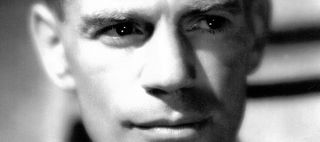
Whale’s gothic horror Frankenstein took its shadows from German Expressionism but refused to rip out the beating heart of Mary Shelley’s novel: Karloff’s monster remains, forever, an outsider.
The British-born, effete director was playful, too: tongue-in-cheek humour (re)animates The Bride Of Frankenstein .
Must See: Frankenstein (1931), The Old Dark House (1932), The Invisible Man (1933), Bridge Of Frankenstein (1935)
John Carpenter 1948 -
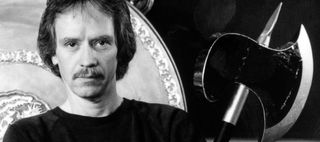
The little boy who grew up trapped in Kentucky went on to make movies about entrapment. Carpenter is a master craftsman with a fondness for silky tracking shots and roaming Steadicam.
His best films are the spare suspensers of the '70s and early '80s, but he went on to direct a run of underrated gems ( Christine , The Prince Of Darkness , They Live , In The Mouth Of Madness ).
Must See: Halloween (1978), The Thing (1982)
Mario Bava 1914-1980
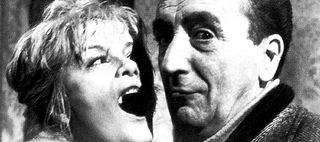
Son of cameraman/special effects supreme Eugenio Bava, Mario invented gialli (murder mysteries that emphasise the murders), helped shape slashers ( A Bay Of Blood is the blueprint for Friday The13th ) and birthed Alien (though Planet Of The Vampires is a good deal more camp).
His work favours vivid colours, icy atmospherics, scary jolts and masterful in-camera effects.
Must See: Black Sunday (1960), Black Sabbath (1963), Blood And Black Lace (1964), Kill, Baby… Kill! (1966), Shock (1977)
David Cronenberg 1943
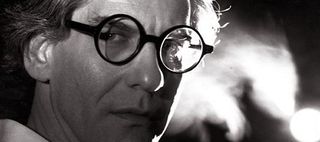
A fascination with the corporeal in all its icky, stick actuality, coupled with a preoccupation with science and transformation, made Cronenberg the godfather of body horror, unflinchingly exploring themes of sexuality, disease and aging as well as the dissolution and transgression of society.
Cronenberg’s catalogue probes the mind as well as the body, exploring mutation through drug addiction and alternate realities.
Latterly he’s moved into dramas and thrillers, yet he remains the (exploring) brains behind of some of horror’s most disturbing imagery.
Must See: Shivers (1975), Videodrome (1983), The Fly (1986), Dead Ringers (1988), Crash (1996)
Dario Argento 1940
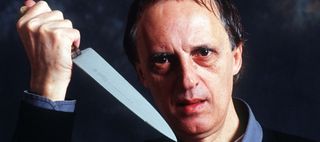
“This Italian chap is starting to worry me,” said Hitchcock of this former critic turned screenwriter (he collaborated with Bertolucci on Once Upon A Time In The West ) turned director.
And well he might – Argento is one of cinema’s most astonishing stylists and his films are characterised by excess: sex, violence, black humour, show-stopping camera moves…
Admittedly, plausibility was the first casualty of twisty gialli like Deep Red , but Argento solved the problem by going supernatural with delirious witch-hunt Suspiria .
His later work has been oddly timid, but Argento’s best films as writer, director and producer (Romero’s Dawn Of The Dead among others) remain mad, bad and beautiful to behold.
Must See: The Bird With The Crystal Plumage (1970), Deep Red (1975), Suspiria (1977), Inferno (1980), Tenebrae (1982), Opera (1987)
David Lynch 1946
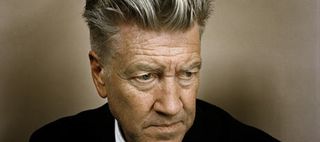
What’s David Lynch’s secret? Mystery. “To me, mystery is like a magnet,” he says. “Whenever there is something that’s unknown, it has a pull to it. When you see a part, it’s even stronger than the whole.”
It’s this affinity for the unknowable that gives his films their uncanny power – whether it’s demonic forces, splintering identities or the freaky shit people get up to behind closed doors.
No wonder curtains and corridors are two of his big motifs, alongside strobing lights, crushed innocence, nightmare logic and ghastly head wounds.
His painter’s eye is matched by the most dread-sensitive ear in the business; even The Straight Story , the only one of his movies that doesn’t disturb on some level, opens with an ominous thud.
Must See: Eraserhead (1977), Blue Velvet (1986), Twin Peaks (TV, 1990-91), Twin Peaks: Fire Walk With Me (1992), Lost Highway (1997), Mulholland Dr. (2011)
George Romero 1940
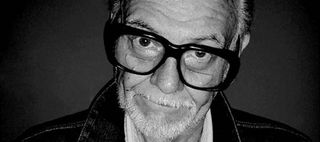
Once upon a time, zombies were the monsters who did voodoo wetwork down in Haiti. After Night Of The Living Dead – a downbeat take on the social convulsions ‘60s America – ghouls were transformed into flesh-eating cannibals.
Overnight, Romero retooled the zombie movie into an unlikely platform for social critique. Every z-flick since shuffles in his footsteps.
Like Bela Lugosi forever typecast as the Count, the ghouls became Romero’s millstone. There’s more to his films than the dead or the jokey, slapstick gore they encouraged (blame his childhood reading EC Comics).
His themes are all-American: the loss of individuality ( Bruiser , The Dark Half ), consumerism ( Dawn Of The Dead ) and a radical anti-authoritarianism (in The Crazies , the army is more dangerous than the “monsters”).
His method is to strip back genre conventions: take Martin, a modern vampire movie that flits between its hero’s Gothic daydreams and the banal reality of his crimes. For Romero, the everyday is horrific enough without supernatural trappings.
It’s a bleak vision, although not hopeless. Like Howard Hawks, Romero loves the drama of group dynamics and his survivors are always within reach of salvation… if they could just stop bickering long enough to work together. He may be the master of the American Nightmare but Romero, coming of age in the era of peace’n’love, longs to see it end.
Must See: Night Of The Living Dead (1968), The Crazies (1973), Martin (1977), Dawn Of The Dead (1978), Day Of The Dead (1985)
Next up, Total Film’s number one talks influences, accolades and the future…
The Total Film team are made up of the finest minds in all of film journalism. They are: Editor Jane Crowther, Deputy Editor Matt Maytum, Reviews Ed Matthew Leyland, News Editor Jordan Farley, and Online Editor Emily Murray. Expect exclusive news, reviews, features, and more from the team behind the smarter movie magazine.
